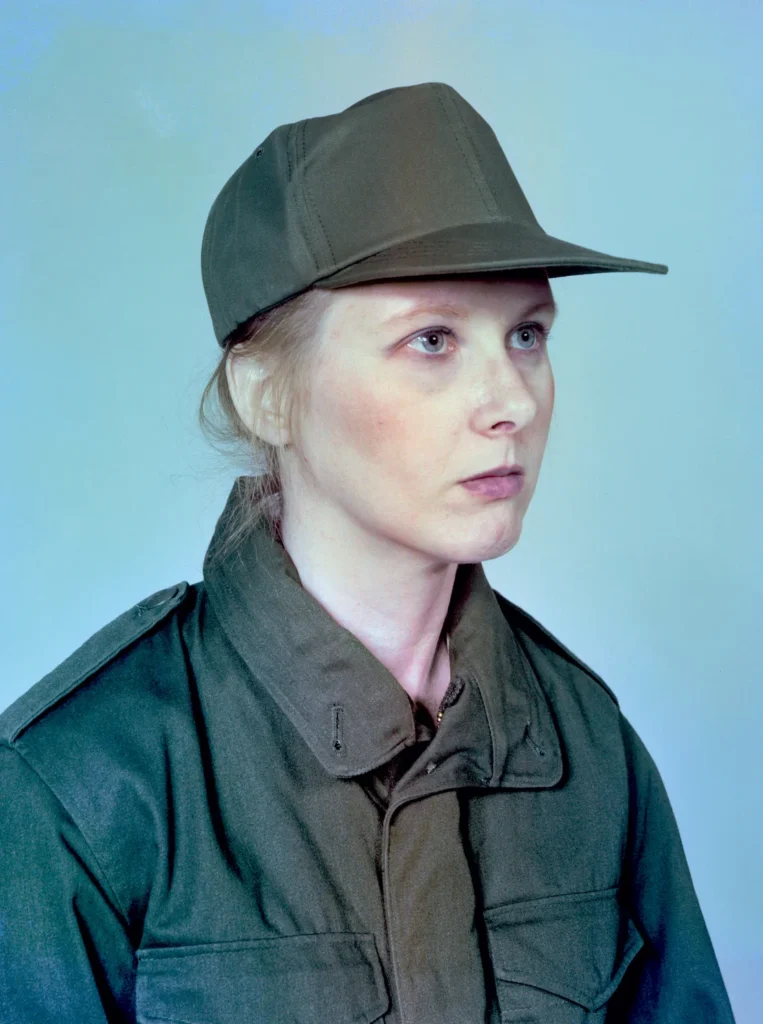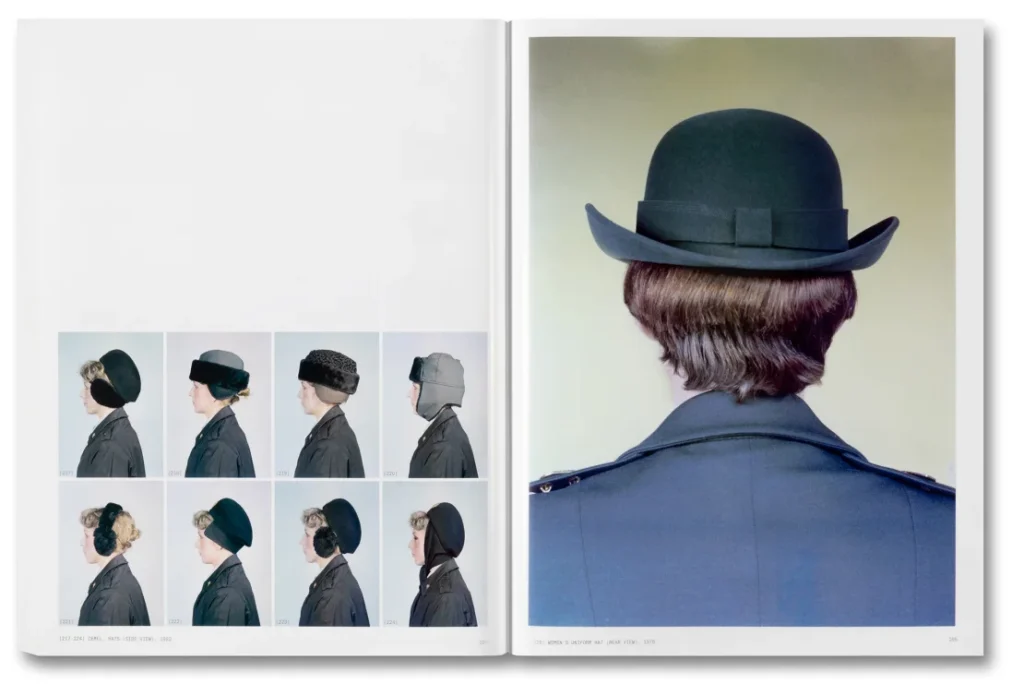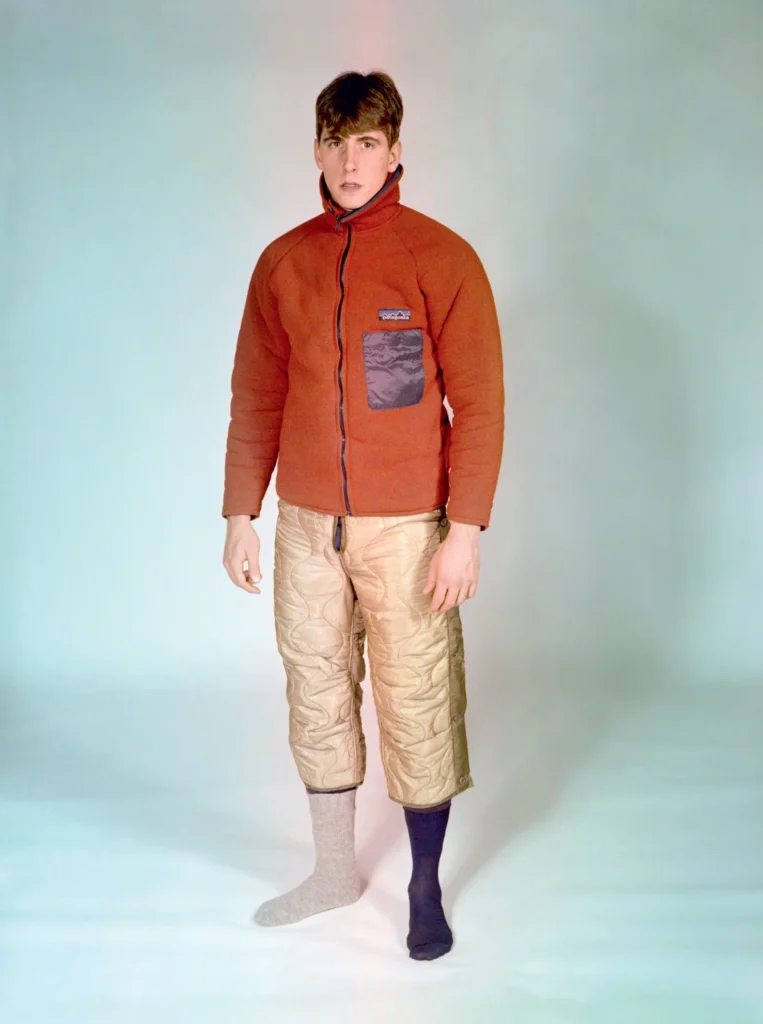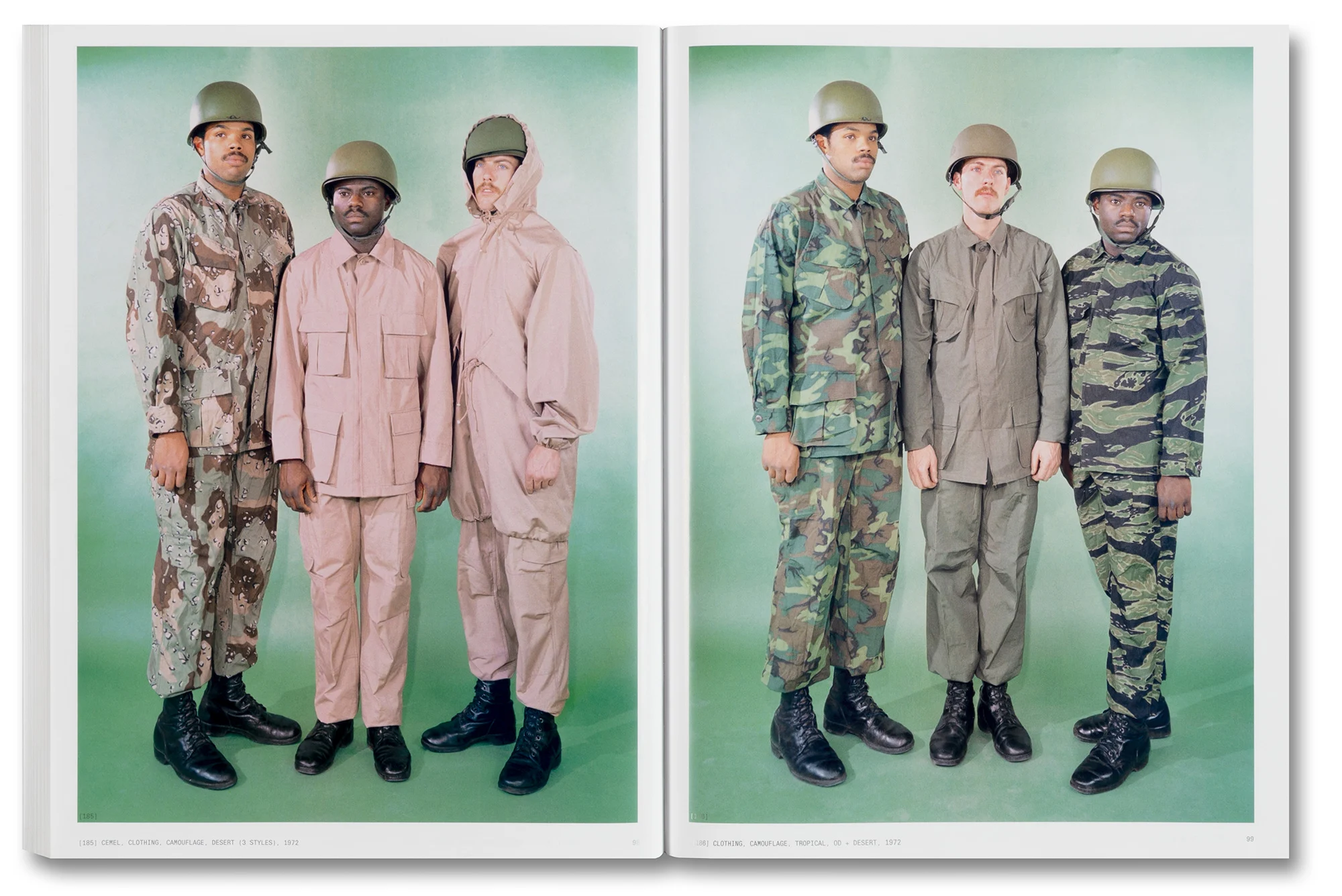Matthieu Nicol’s latest book, Fashion Army, delves into the profound impact of military style on various subcultures over the decades.

Drawing on his extensive collection of over 15,000 declassified military images, Nicol highlights how army surplus stores influenced counterculture fashion in the 1960s and later shaped the looks of early 2000s indie bands like The Strokes.
Despite their origins in a serious context, military aesthetics have permeated pop culture and the fashion industry, evident in the popularization of camouflage prints and military-inspired clothing.

Nicol’s book features a curated selection of 350 photographs, showcasing non-models from different military branches posing in uniform.
These images originate from the U.S. Army’s Natick Soldier Systems Center (NSSC), an active military facility focusing on functionality rather than weaponry, particularly in textiles.

The reasons behind the creation of these catalog-style images remain a mystery, as the U.S. Army has not provided clarity on their purpose.
Nicol notes that while these images are not propaganda, they were produced with the intention of promoting prototype designs to various military sectors. He observes that many of these photos reflect current fashion trends, with some looking akin to campaigns from contemporary brands like Carhartt.
Nicol’s exploration reveals how military-inspired fashion has been adopted by different subcultures throughout history.
The 1960s counterculture movement often turned to army surplus, which later influenced the fashion choices of indie bands. This connection is further highlighted by the prevalence of military aesthetics in today’s high fashion and streetwear, with designers incorporating similar patterns and styles.

On the covers of Fashion Army, models in white protective vests evoke memories of Helmut Lang’s iconic 1998 runway show. As fashion critic Angelo Flaccavento notes in the book’s essay, the images embody not only fashion’s essence but also a modern relevance that resonates today.
Ultimately, Nicol’s work emphasizes the cyclical nature of fashion, showcasing how styles from the past continue to inform contemporary trends.
He finds it fascinating that despite the age of these images, their production and aesthetic remain relevant, mirroring styles seen in current fashion collections from renowned designers.

